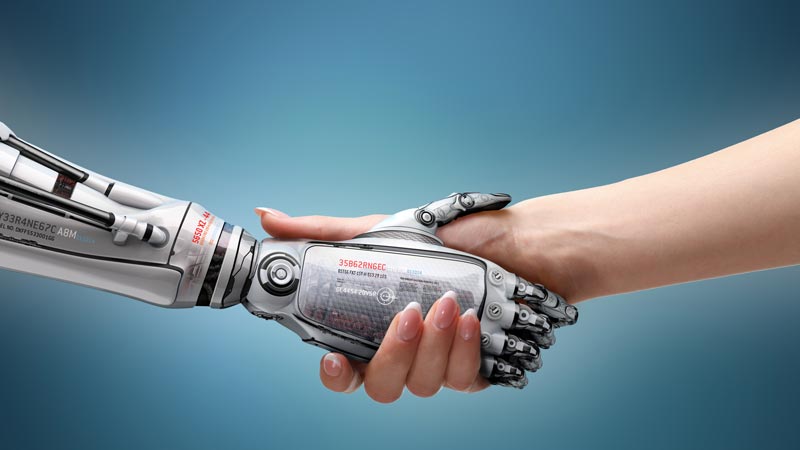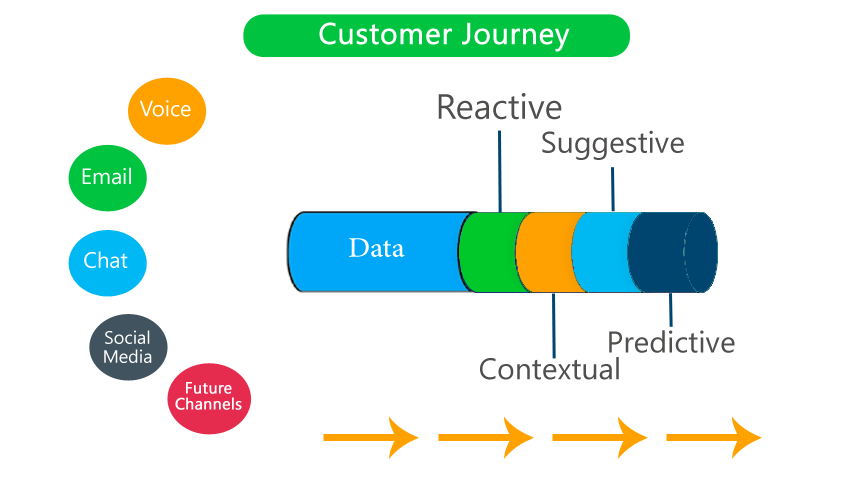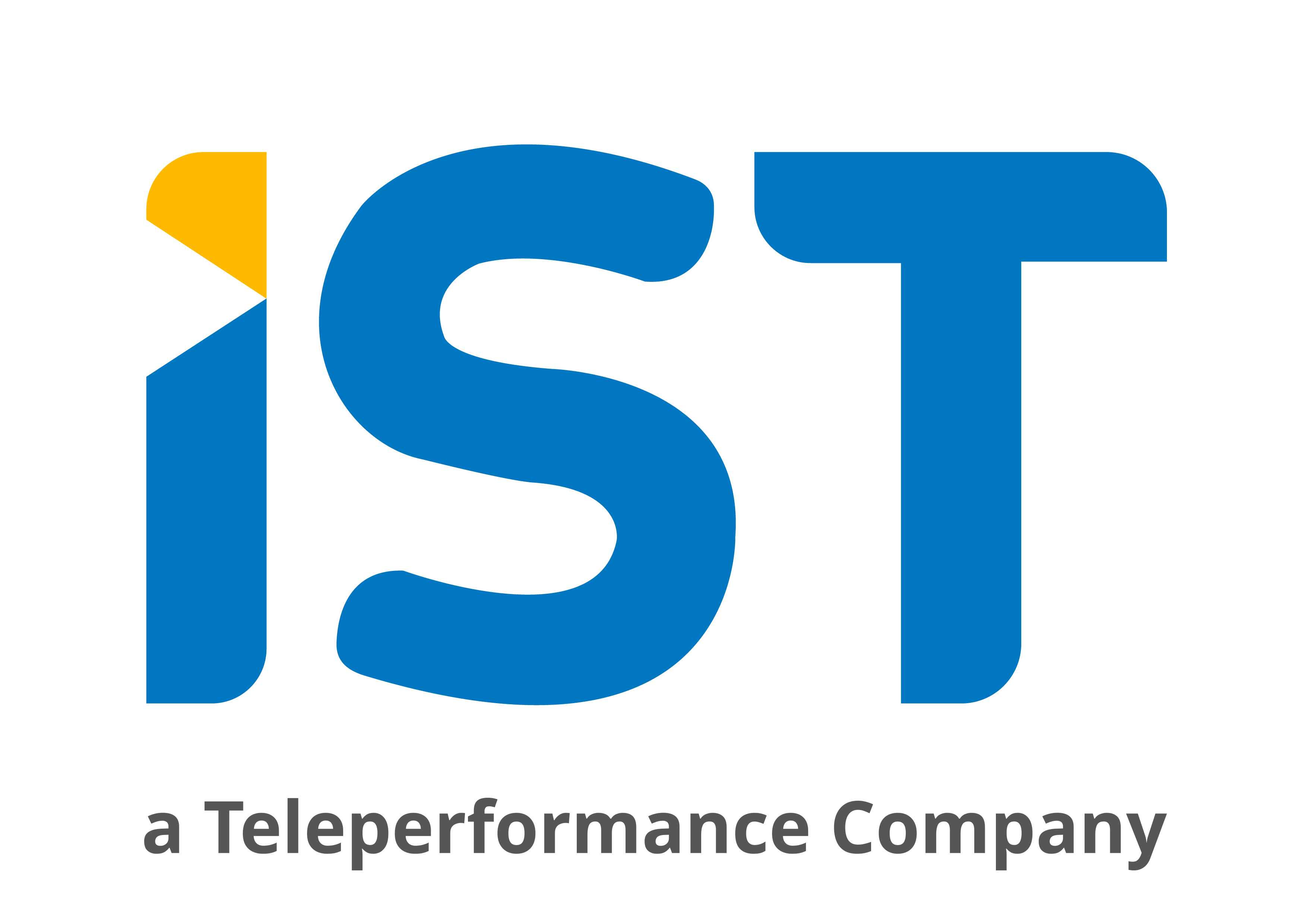
Live Webinar Guest: Zach Taylor, Director of Global Contact Centers, Cisco:
IST, has hosted a LIVE webinar on May, 3rd 2018, with Zach Taylor, the Director of Global Contact Centers, to discuss, The Future of CX. Is the future coming soon enough, is it here already and what are some of the characteristics of the future of customer experience that organizations need to be aware off, as they strive to create different experiences for the people they serve.
“If you take a look at the history of customer care and contact centers, there have been new technologies that have instilled themselves into how they serve their customers. Some technologies looked “hot”, but faded away, while others weren’t “exciting”, then all of a sudden everything we do is based upon them. Who would thought that 15 years ago that a 140 character short message will be the number 1 way that politicians or celebrities communicate to their fan base, called Twitter.”
– Zach Taylor
4+2=feel
Experts always say “Put yourself in your customer’s shoes”, the above formula on the other hand helps enterprises to achieve the needs of their customers. Therefore, for companies to understand their customers from this formula, they should take these questions into consideration: What do companies do for (4) you? What processes do to (2) you? And how does it make you feel? (FEEL). This formula is very effective that organizations should take it into consideration in order to compete in this saturated market and gain the interest of new and old customers. This equation also helps in increasing your Net Promoter Score (NPS), creating strong, positive conversational engagements with your customers. Lastly, it will also not just make your customers happy but will make them buy your product or service for a lifetime.
“The future is here, it’s just not evenly distributed
” – William Gibson
The Shape of the CX in the future
Now, customer service should be served by the whole company instead of being served by only certain people (standing in a small cubicle). In other words the whole business should be acting as a contact center.
The use of automation (Bots), more convenient desktop applications (
Cisco Finesse), tasks being routed to the right agents (
precision routing); are all things that reduce the time and effort of the agent. Therefore, more time will be spent in the front-end processes in order to dig deeper into conversations with their customers. This will help in solving issues effectively and understand more about their customer’s needs and wants.
Today, businesses make us do what they want, like answering a list of questions, call this toll free number to reach us or go through a number of steps in the IVR tree to reach whatever your looking for. This process will no more be done like that, companies should start putting these questions or mentioned steps in the back office and start making use of there front-end to adjust to the customer instead of vice versa, by warmly asking: How can we help you?
Customers will not need to repeat themselves and explain their issues from the beginning again – No more repetition. Especially no cross channel repetition. This act will be in the past that will change frustrated customers to happy ones.First contact resolution (FCR), will become the norms, as organizations will have the context of why their customers are interacting with them. This means that customers will get better customer service, as organizations will serve their customers before they even know.Organizations should stop focusing on every aspect of every interaction in a journey and start looking at them over a lifetime. They should also analyze every interaction in order to find patterns, sell them more products and deepen their interactions with their customers for a better service and make life easier for them.
Old desktop applications (before the
Cisco Finesse), were a hassle for the agents. It used to waste 26% of the day, tabbing for information and trying to get to data in the backend office. Neglecting this, will help agents to interact with their customers instead of transacting (grabbing more insights).
Imagine your contact center is a football team, where your first level of defense is checking company’s website, social media or any other channel. If the customer fails to get what he/she wants; they will start looking for a secondary option (second level of defense), which is “self help”, this would be from YouTube, Website FAQs, etc. The third level of defense and sometimes could be treated as second level is automation, whether its through the IVR or ChatBots. Continuity in failure, will face the last mean of defense which is getting in contact with a customer care agent. Within this example each level of defense is important, What we see is the contact center agent is the last line of defense, so that agent needs to be empowered with more expertise, more skills, and we will see a trend in the future where Agents job will be more demanding.

Organizations need to create or build a journey that is user-friendly for any customer to use and adapt to their needs instead of vice versa, by making there life easier. According to Albert Einstein, “Asking the same questions every year, will always give you different answers”, this is how physics changed by time. If organizations concentrate on asking more and more questions on how to create loyalty or how to create a better service, they will always get different answers that will keep them up to date with their customers and have a view on what’s going to happen in the future.



